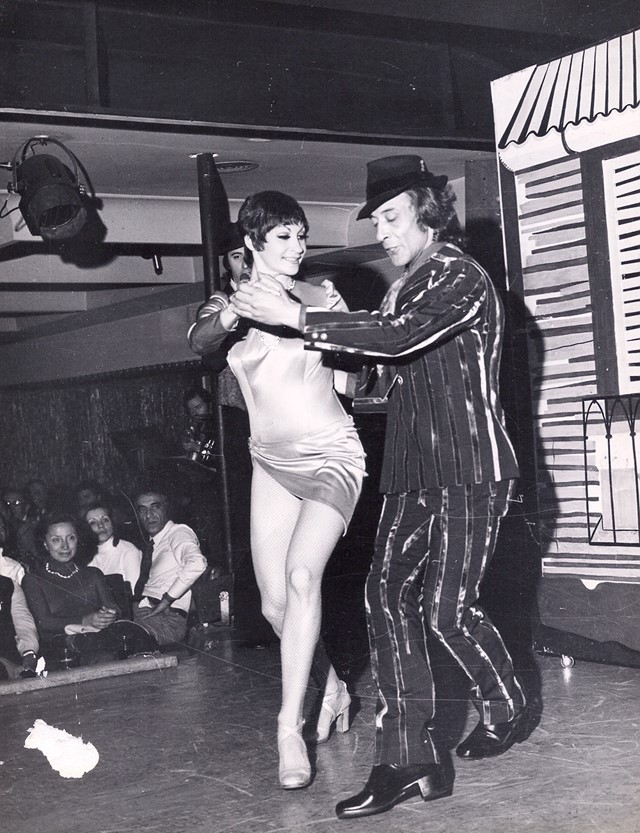We meet German Kral, the director behind Our Last Tango, a spellbinding film about Argentina’s most iconic dance partnership
You could be forgiven for thinking that a documentary about tango would be a rather niche affair, but Our Last Tango, the latest offering from Argentinian documentary maker German Kral is surprisingly, and delightfully, universal. It tells the story of María Nieves Rego and Juan Carlos Copes, once Argentina’s most celebrated dance duo, who sparked a wave of tango mania across Latin America, the US and Europe during the course of their 50-year career. Their professional story is indelibly linked to their personal relationship, which spanned courtship, marriage, infidelity and eventual divorce, as they paso-ed their way around the globe.
In Our Last Tango, Kral conducts a series of interviews with the now-estranged octogenarians, who harbour both utmost disdain and deep respect for one another and their collective achievements. These animated discussions are interspersed with archival footage, as well as beautifully choreographed, dreamily lit re-enactments of key chapters in the pair’s history, from their charged first encounter in a Buenos Aires dance hall to their tumultuous break-up backstage after a show. Rather ingeniously, Kral also depicts the various production meetings between Rego and Copes and the dancers who play them, during which they impart wisdom – “you have to use men and throw them away”, says the wonderfully characterful Rego – and stylistic advice to their fresh-faced imitators.
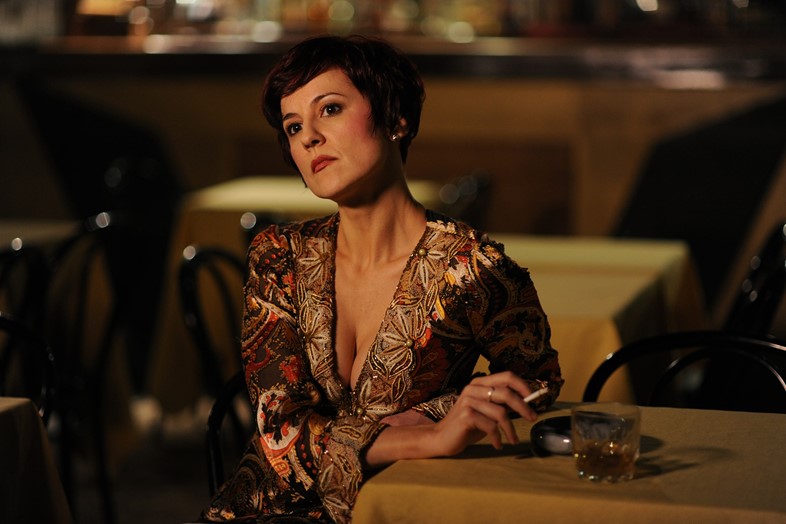
Rego is the film’s beating heart, her vitality, elegance, indignance and humour carrying the story forward. At one point she shouts at Kral (obscured behind the camera), “Who the fuck is Copes?”, refusing to divulge the details surrounding their separation and instead giving the director creative license to imagine the scenario however he wishes – a marvellous, menacing, back-and-forth dance scene ensues. In spite of this, she is frequently candid about the pain Copes caused her (“I was like a kitten in the shower being squirted with water”) and the way she reaped revenge through dance – “[I decided] I’ll mop the floor with you on stage”. While Copes, on his part, boasts an old-school pride and flagrant misogyny, noting haughtily of their marriage, “she thought I belonged to her,” before elaborating upon his various affairs.
What kept them together for so long, we discover, is the same passion that unites them now: their beloved dance, in all its sensuous, visceral, and playful glory. This proves utterly contagious; only the coldest of hearts could leave the cinema without a profound taste for all things tango. Here, as the film arrives on UK screens, we catch up with Kral to discuss his own tango awakening, the trials and triumphs of pulling off the movie and his impactive relationship with its executive producer, the inimitable Wim Wenders.
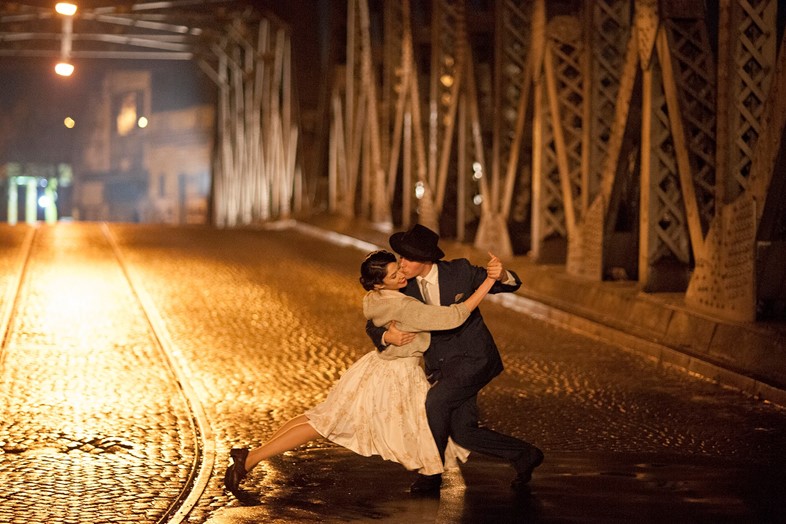
On falling for the tango...
“I was born and raised in Buenos Aires so I grew up with tango around me, but it was always considered ‘old people’ music. Then when I went to Germany to study film, a friend of mine in Berlin played me a tango song, with very beautiful lyrics, called Naranjo en flor and that was the very first moment when I connected with tango in a conscious way. I was 23.”
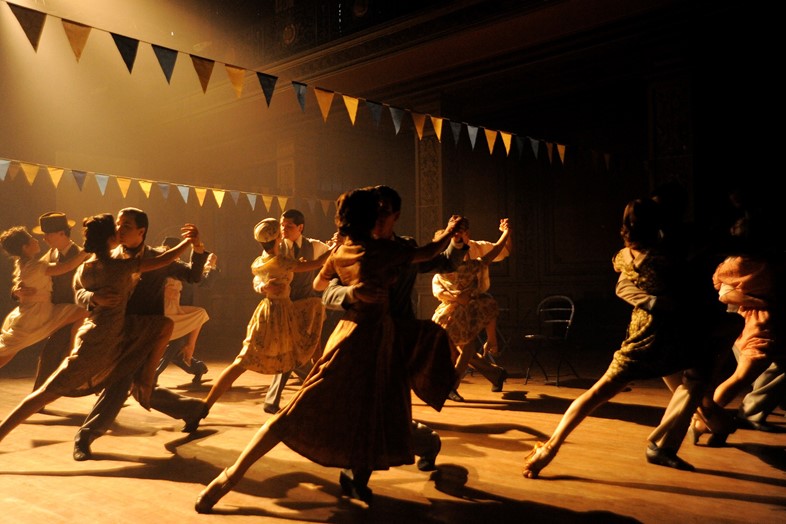
On deciding to make the film...
“The idea for the film occurred after I saw Wim Wenders’ film Pina in 3D, about the German choreographer Pina Bausch, and I thought that it could be interesting to make a film about the old milongueros [tango dancers] of Milonga. They’re in their 80s so they dance slowly but with such elegance and beauty. I met with some of them and they were great but they didn’t have strong enough stories to carry a film, so I was a little despairing. Then I remembered Juan and María, but I thought they were too famous and wouldn’t want to make the film.”
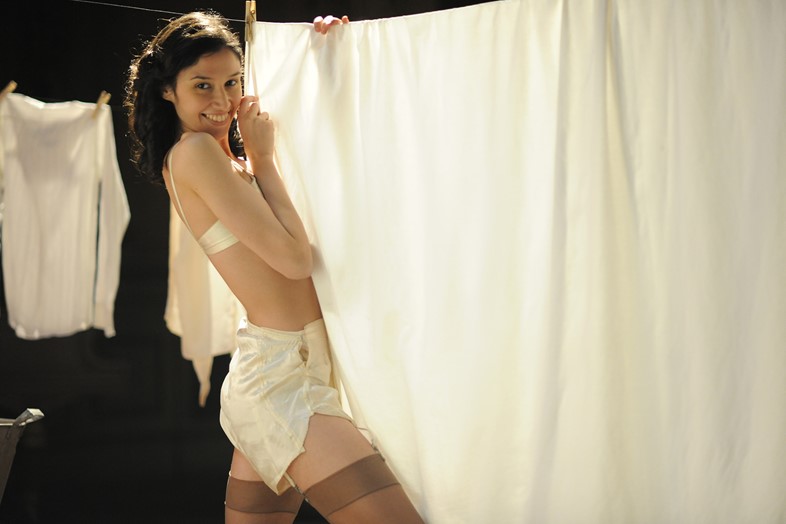
On meeting María and Juan...
“María said I could meet her at this milonga night where she was a juror, and I met her outside a club, smoking a cigarette at three in the morning. I told her about my idea for the film and she said, ‘Yes, yes, yes. Come to my place next week.’ I went there, sat on her sofa and, 30 seconds later, I knew that she had to be in the film. She’s the best interview partner I ever had; I think I was somehow in love with her. A couple of months later I came across a book about Juan’s life, which described their love story, and when I read it I knew that the film had to be about that. To persuade Juan to be in the film I had to drink more or less 200 litres of coffee – he has a new life, a new wife, and he didn’t want to dig deep into his past. But I’m so grateful to him that he did.”
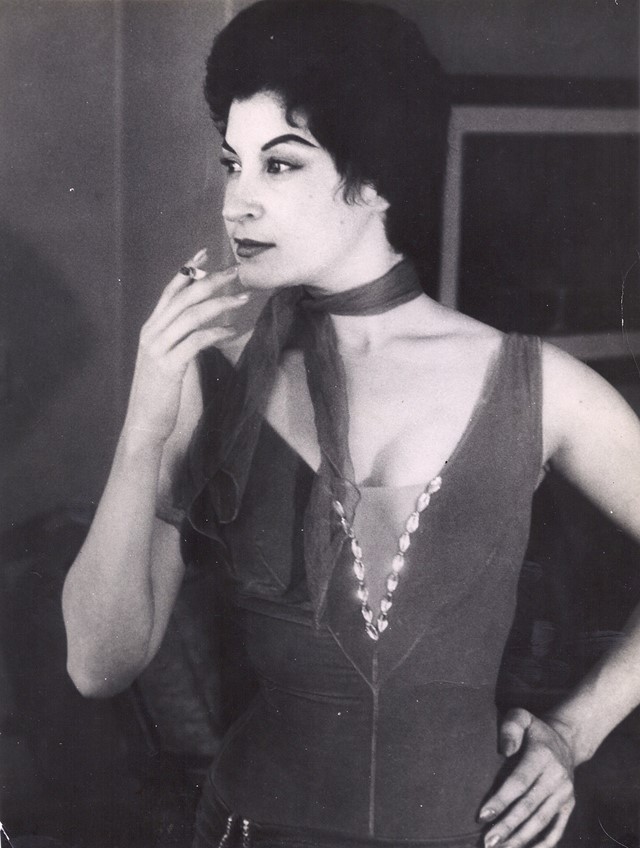
On his friendship with Wim Wenders...
“I first watched Wim Wenders’ films when I was young in Buenos Aires, and that’s when I decided I wanted to become a director and to move to Germany to study at the same film school that he did. So I came to Munich and started at the film school, and a couple of years later he was named professor there. It was like a dream come true, and three years after I came looking for my meister, I was shooting a film with him on a terrace in Berlin – A Trick of the Light, the part-fiction, part-documentary film about the German inventors of the projector. We went on to make Musica Cubana together, he was my executive producer, and then he was the first person I contacted about this film. He was actually the one who suggested using actors to act out the story of Rego and Copes' lives, which is when the idea of using the young dancers, and capturing their interactions with María and Juan, became much more important to me.”
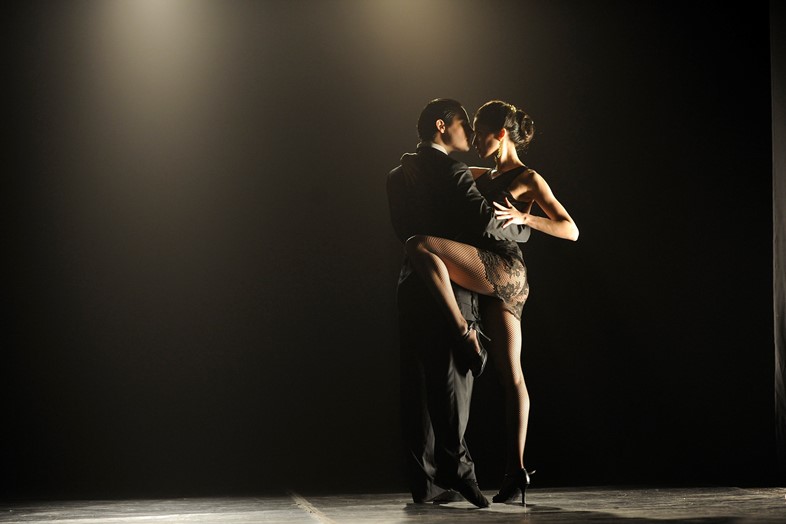
On the importance of the choreographed scenes...
“The thing that surprised me most during filming was the choreography. Of course I expected it to be beautiful and I did everything I could to get good dancers, good choreographers but when everything came together during shooting – the light, the music, the dancers, the clothes, the locations – there were moments that were just pure magic. I remember I wrote scene about María and Juan’s very first dance and gave it to the choreographer, Melina Brufman and then she rehearsed with the dancers for about a month before I saw it. And when I did, at the moment when they both walk towards each other and embrace, I started crying. When the gods of cinema are on your side and all these incredible creative people unite, the power on set is amazing and I hope that’s what comes across on screen.”
Our Last Tango is in UK cinemas from today.
